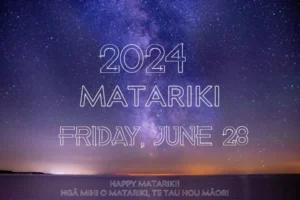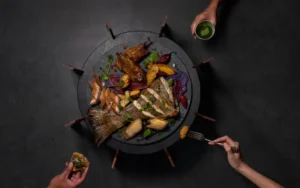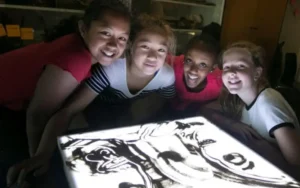Role of Music and Dance in Matariki Celebrations
Matariki, the Māori New Year, is a significant event in the Māori calendar that is celebrated in late May or early June each year. It is a time of reflection, remembrance, and planning for the future. Music and dance are an important part of Matariki celebrations and are used to express cultural identity, connect with ancestors, and celebrate new beginnings. We will explore the role of music and dance in Matariki celebrations, including their historical and cultural significance, traditional instruments, and modern interpretations.
Historical and Cultural Significance
Music and dance have played a significant role in Māori culture for centuries. Māori music is traditionally performed in conjunction with dance, with both being important expressions of cultural identity and storytelling. In pre-colonial times, Māori music and dance were used in a variety of contexts, including spiritual and cultural ceremonies, war preparations, and daily life.
The haka is perhaps the most well-known Māori dance, often performed as a war dance, as well as at celebrations such as weddings, birthdays, and sporting events. The poi is another traditional Māori dance form, which involves rhythmic movement with small balls attached to cords. These balls are swung and caught in time with the music.
Traditional Instruments
The traditional instruments used in Māori music include the pūtātara, a conch shell trumpet, the pūrerehua, a bullroarer, and the pūtōrino, a wooden flute. These instruments were often used in conjunction with singing and dancing to tell stories, pass on knowledge, and connect with the spiritual realm.
The pūtātara, in particular, is associated with Matariki celebrations, as it was traditionally used to announce the start of the Māori New Year. Its distinctive sound can be heard echoing across the land, marking the beginning of the new year.
Modern Interpretations
In modern times, music and dance continue to play an important role in Matariki celebrations. While traditional instruments are still used, modern interpretations of Māori music and dance have also emerged. Contemporary Māori musicians often incorporate Western instruments such as guitars and drums into their music, while still retaining elements of traditional Māori music such as chanting and rhythmic patterns.
In recent years, there has also been a resurgence of interest in traditional Māori instruments and music, with many schools and community groups teaching and performing these art forms. This has led to a greater appreciation and understanding of Māori culture and the role of music and dance within it.
Music and Dance in Matariki
Music and dance are integral parts of Matariki celebrations, with deep historical and cultural significance. Traditional instruments such as the pūtātara and pūtōrino continue to be used, while modern interpretations of Māori music and dance have also emerged. As Matariki celebrations continue to evolve and grow, it is important to remember the role that music and dance play in connecting us to our cultural heritage, celebrating new beginnings, and connecting with our ancestors.


